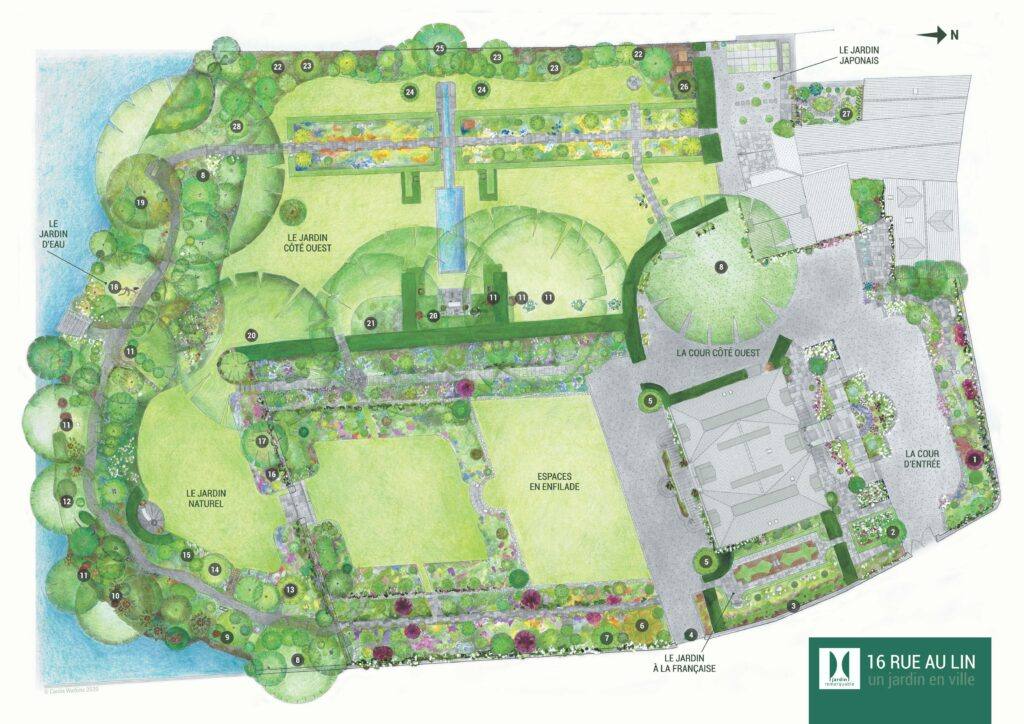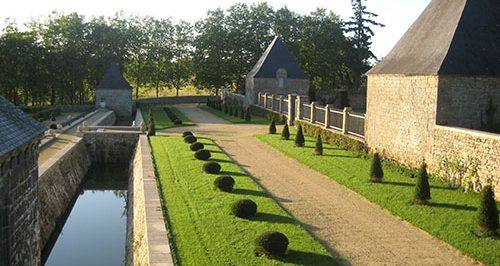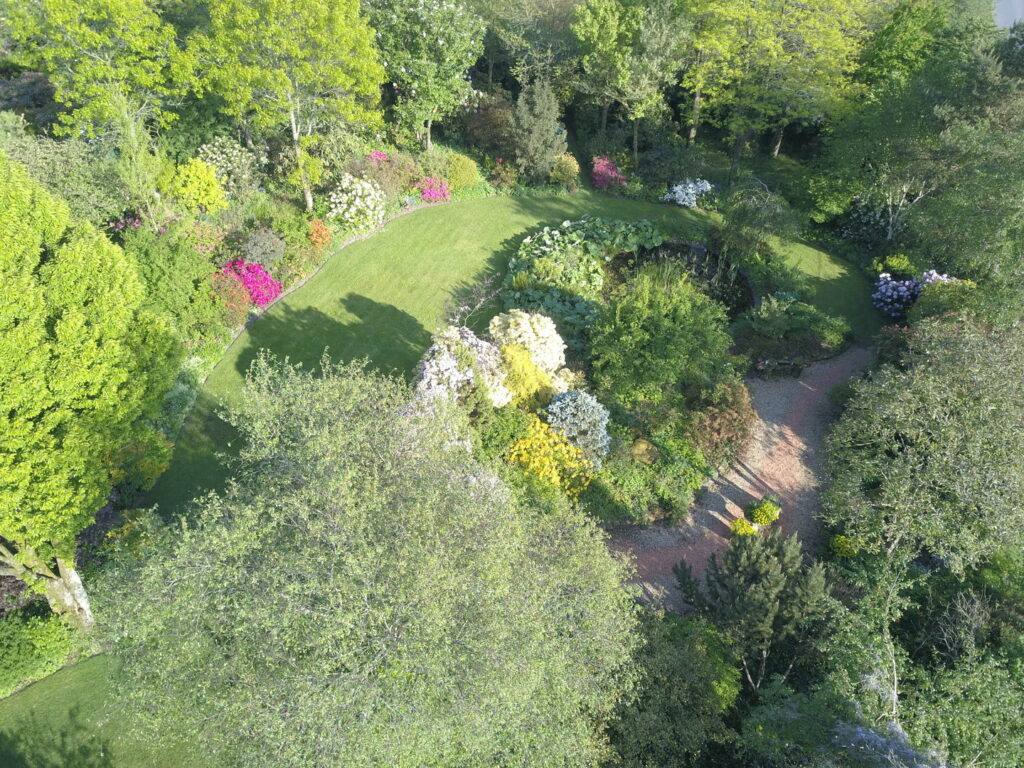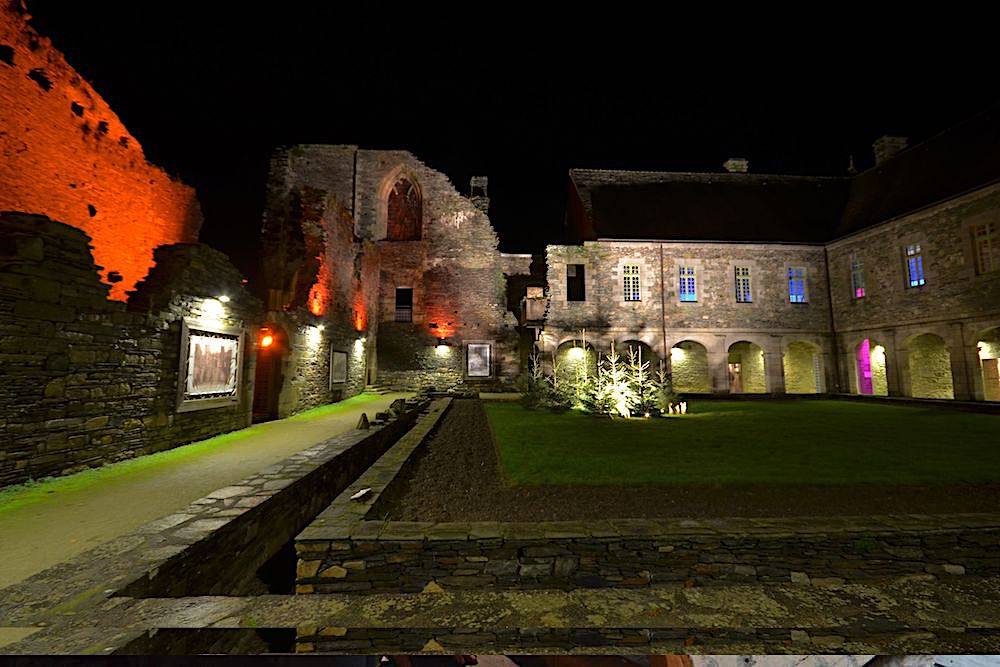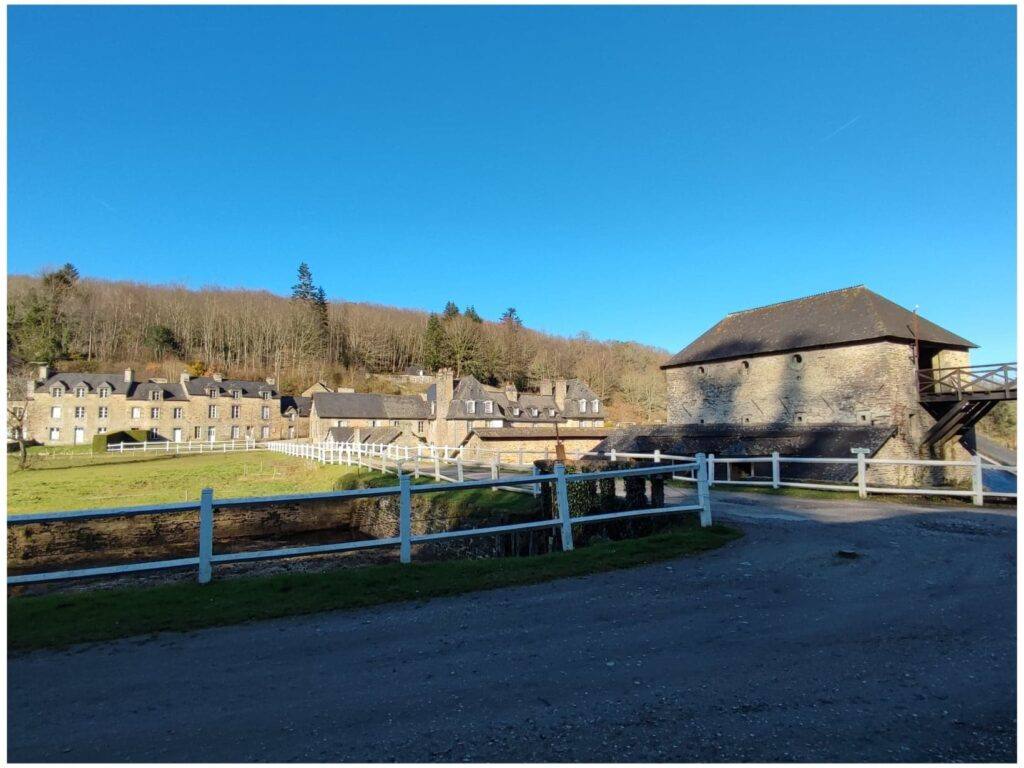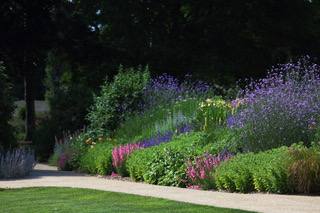On the banks of the Nantes-Brest canal, near the lake of Guerlédan, the Cistercian abbey of Bon-Repos, founded in the 12th century and redesigned in the 18th century, welcomes you for a restorative, cultural and historical break in a protected environment. Visits, exhibitions, artists’ residences, events… everything is brought together to give you an unforgettable experience.
Un jardin en ville
Beside the Nantes to Brest canal
Welcome to the website of the remarkable garden “un jardin en ville” in Gouarec, an exceptional place where nature, beauty and art combine to create a unique experience. Located in the centre of Gouarec, in the Côtes-d’Armor region of Brittany, this garden is the work of Michel Gesret (landscape designer) and Marilyn le Moign (owner), both passionate about gardening for over 30 years.
This garden, which extends over 8000 m², is a real haven of peace where spaces with varied atmospheres can be found:
French garden, Japanese garden, water garden, natural garden… Each of these areas has been carefully designed to create harmony between the elements and a unique sensory experience for visitors.
As the seasons change, the remarkable garden of Gouarec offers a different spectacle, with an explosion of colours and perfumes in spring, lush greenery in summer, shimmering foliage in autumn and a peaceful and mysterious atmosphere in winter.
This is not a botanist’s garden, but a work of art where shrubs and plants are combined to paint a picture.
On this site, you can discover the history of the garden and the different species that make it up.
We hope that this site will make you want to discover this jewel of nature and art, and that you will spend an unforgettable moment in the remarkable garden of Gouarec.
History
The particularity of this garden is its location in an urban environment, in the heart of a small historic town. It has been designed to enhance the surrounding urban landscape and the Nantes-Brest canal which borders the property.
Another important criterion is that the property is located in a flood zone. As a result, when the house was built between the two world wars, the ground floor was used as a basement. The house itself consists of the three upper floors.
Its large windows allow the garden to be appreciated in its entirety, in any season. The landscape designer, Michel Gesret, took this into account. This is not a botanist’s garden, the shrubs and plants are there to paint a picture, to open up this enclosed space to the visitor and arouse his or her curiosity.
The structures of the garden, mineral or vegetal, partition a series of themed gardens. As the visitor wanders around, he discovers the different rooms, attracted by the next one. He goes from discovery to discovery, in all simplicity. Transversal openings force the visitor to be curious.
The terrain (8000m²) is not at all symmetrical and requires playing with perspective, giving the illusion of a certain balance.
Thus, the differences in level created by raised borders and the creation of terraces change the visual perspective and make the house less imposing.
Flowerbeds surround the entrance court. Wide steps lead up to the main entrance door on the first floor with a terrace that allows you to enjoy the roofline of the village.
Low curved walls surround the courtyard to create raised flower beds bringing a softer touch to the ferruginous shale, typical of Gouarec. The choice of shrubs and plants enrich the feeling of warmth and hospitality; where both mineral and vegetal mix harmoniously giving charm to this first glimpse of the garden.
The French garden, one of the wonders of the estate, is open to you as soon as you arrive. The first room to the left of the main gate welcomes you with its majestic sculpture, set between two ilex crenata ermines. Symbolic as ermines can be found on the black and white Breton flag. The white tulip beds in spring, the pink peonies in early summer and the purple asters in autumn, are arranged with impeccable precision to offer a dazzling spectacle in every season. The linden trees, pruned into canopies, add a touch of elegance to the whole.
In the heart of the remarkable garden, you will discover three succeeding gardens that lead to the river. These successive terraces are an invitation to discovery and contemplation. The first is a simple lawn, a place to relax and unwind. The second is surrounded by a structure with climbing roses and clematis, offering a focal point. The third is separated by a wall with an opening and paved steps. Each of these first two spaces is bordered by a path that ends in an arched doorway. The path along the street is dotted with many sun-loving perennials in soft shades of pink, blue and white, offering a natural display of changing colours with each season.
As you leave the formal garden, you pass through an arched door to discover another world: a Naturel Garden Here, the formal aspect gives way to a freer and more spontaneous vegetation.
Vibernum, cornus, epimedium, alchemilla mollis, japonica anemones, azaleas, acer and rhododendrons blend harmoniously.
In the centre, a curved white bench catches the eye, although it is deliberately off-centre. There are many surprises in this garden, including works by the sculptor Fanch Venner. The natural garden is bordered by a path that runs along the River Doré and in the background the Nantes to Brest Canal.
This garden is particularly spectacular in spring, but also offers charm all year round. Come and lose yourself in this plant world, where nature is king.
In the garden, where every space has a surprise, the Water Garden attracts particular attention. As you follow the path by the river, you will come to come steps once used by washer women. On the right of each step an English watering can alternating with a bucket form a gentle closed-circuit waterfall. To ensure good water management, we have dug out the bank in two places and selected plants that can withstand the sudden rise and fall of water characteristic of the Doré River. Make the best of the calm In this natural setting.
The West Side Garden has three contrasting spaces. The most evident is a long central path planted with a colour scheme which goes from pale blue et yellow in spring to deep purple and orange in the autumn. Half-way along, a water feature crosses the path. At its source a raised schist basin on the left with a waterfall leads into a narrow canal terminating in a large rectangular mirror pond. To the left a curving bed along the neighboring property enlivens the garden in spring with its camellias, rhododendrons, acer and prunus creating a perfect contrast to the clean geometric shapes of the garden to the right. Sitting on the Lutyens bench you will appreciate the calm, contemporary garden so different from the riot of colour elsewhere.
Once kennels, now a secret terrace with comfortable seating can be found by passing through a gap in the yew hedge. Next door a small, graveled courtyard surrounded by four iceberg stem roses and a charming greenhouse leads to a modest Japanese garden, bordered by a torii, ideal for meditation et rejuvenation.
As you leave this little corner of paradise, you will come to the west side courtyard bordered by majestic yew hedges. Surrounded by buildings, this courtyard contains an old wheelwright’s house, which resembles an orangery, where gardening tools are stored, and a small dwelling house with its own flowered courtyard.
Turning back to the terraces via the shady path, you will be immersed in the lush vegetation of magnolias, hostas, hydrangeas, vincas and clematis jouiniana shaded by century-old trees. After passing through the granite archway, turn left to climb the steps towards the house and the central terrace, surrounded by beds of miscanthus, saponifere, perennial geraniums and penstemon before rejoining the Entrance Courtyard..
History
The particularity of this garden is its location in an urban environment, in the heart of a small historic town. It has been designed to enhance the surrounding urban landscape and the Nantes-Brest canal which borders the property.
Another important criterion is that the property is located in a flood zone. As a result, when the house was built between the two world wars, the ground floor was used as a basement. The house itself consists of the three upper floors.
Its large windows allow the garden to be appreciated in its entirety, in any season. The landscape designer, Michel Gesret, took this into account. This is not a botanist’s garden, the shrubs and plants are there to paint a picture, to open up this enclosed space to the visitor and arouse his or her curiosity.
The structures of the garden, mineral or vegetal, partition a series of themed gardens. As the visitor wanders around, he discovers the different rooms, attracted by the next one. He goes from discovery to discovery, in all simplicity. Transversal openings force the visitor to be curious.
The terrain (8000m²) is not at all symmetrical and requires playing with perspective, giving the illusion of a certain balance.
The French garden, one of the wonders of the estate, is open to you as soon as you arrive. The first room to the left of the main gate welcomes you with its majestic sculpture, set between two ilex crenata ermines. Symbolic as ermines can be found on the black and white Breton flag. The white tulip beds in spring, the pink peonies in early summer and the purple asters in autumn, are arranged with impeccable precision to offer a dazzling spectacle in every season. The linden trees, pruned into canopies, add a touch of elegance to the whole.
In the heart of the remarkable garden, you will discover three succeeding gardens that lead to the river. These successive terraces are an invitation to discovery and contemplation. The first is a simple lawn, a place to relax and unwind. The second is surrounded by a structure with climbing roses and clematis, offering a focal point. The third is separated by a wall with an opening and paved steps. Each of these first two spaces is bordered by a path that ends in an arched doorway. The path along the street is dotted with many sun-loving perennials in soft shades of pink, blue and white, offering a natural display of changing colours with each season.
As you leave the formal garden, you pass through an arched door to discover another world: a Naturel Garden Here, the formal aspect gives way to a freer and more spontaneous vegetation.
Vibernum, cornus, epimedium, alchemilla mollis, japonica anemones, azaleas, acer and rhododendrons blend harmoniously.
In the centre, a curved white bench catches the eye, although it is deliberately off-centre. There are many surprises in this garden, including works by the sculptor Fanch Venner. The natural garden is bordered by a path that runs along the River Doré and in the background the Nantes to Brest Canal.
This garden is particularly spectacular in spring, but also offers charm all year round. Come and lose yourself in this plant world, where nature is king.
In the garden, where every space has a surprise, the Water Garden attracts particular attention. As you follow the path by the river, you will come to come steps once used by washer women. On the right of each step an English watering can alternating with a bucket form a gentle closed-circuit waterfall. To ensure good water management, we have dug out the bank in two places and selected plants that can withstand the sudden rise and fall of water characteristic of the Doré River. Make the best of the calm In this natural setting.
The West Side Garden has three contrasting spaces. The most evident is a long central path planted with a colour scheme which goes from pale blue et yellow in spring to deep purple and orange in the autumn. Half-way along, a water feature crosses the path. At its source a raised schist basin on the left with a waterfall leads into a narrow canal terminating in a large rectangular mirror pond. To the left a curving bed along the neighboring property enlivens the garden in spring with its camellias, rhododendrons, acer and prunus creating a perfect contrast to the clean geometric shapes of the garden to the right. Sitting on the Lutyens bench you will appreciate the calm, contemporary garden so different from the riot of colour elsewhere.
Once kennels, now a secret terrace with comfortable seating can be found by passing through a gap in the yew hedge. Next door a small, graveled courtyard surrounded by four iceberg stem roses and a charming greenhouse leads to a modest Japanese garden, bordered by a torii, ideal for meditation et rejuvenation.
As you leave this little corner of paradise, you will come to the west side courtyard bordered by majestic yew hedges. Surrounded by buildings, this courtyard contains an old wheelwright’s house, which resembles an orangery, where gardening tools are stored, and a small dwelling house with its own flowered courtyard.
Turning back to the terraces via the shady path, you will be immersed in the lush vegetation of magnolias, hostas, hydrangeas, vincas and clematis jouiniana shaded by century-old trees. After passing through the granite archway, turn left to climb the steps towards the house and the central terrace, surrounded by beds of miscanthus, saponifere, perennial geraniums and penstemon before rejoining the Entrance Courtyard.
The park through the seasons
The remarkable garden “un jardin en ville” is a place that is constantly changing with the seasons. Each visit is unique, as the garden transforms to offer a fascinating natural spectacle. In spring, tulips and daffodils colour the beds with their shimmering hues, while summer is the time to admire roses, dahlias and hydrangeas. Autumn brings its share of shimmering colours with red, gold and copper foliage. Even in winter, the garden remains magical, with its trees and shrubs whose shapes are enhanced by snow and frost. This makes the garden an enchantment at all times of the year. Come and discover this enchanting place and let yourself be carried away by the beauty and diversity of nature throughout the seasons.
News from un Jardin en ville
Check out the latest news and exciting events from the Garden in the City! Stay up to date with our new publications and upcoming events by clicking here to learn more
The garden
1-Cotinus Coggygria
2-Crataegus laevigata
3-Carpinus betulus
4-Pinus mugo
5-Wisteria sinensisi
6-Robinia pseudoacacia frisia
7-Mahonia média Charity
8- Tilia
9- Acer palmata shishigashira
10- Aesculus hippocastanum
11- Quercus
12- Fraxinus
13- Davidia involuecrata
14- Hamamelis mollis pallida
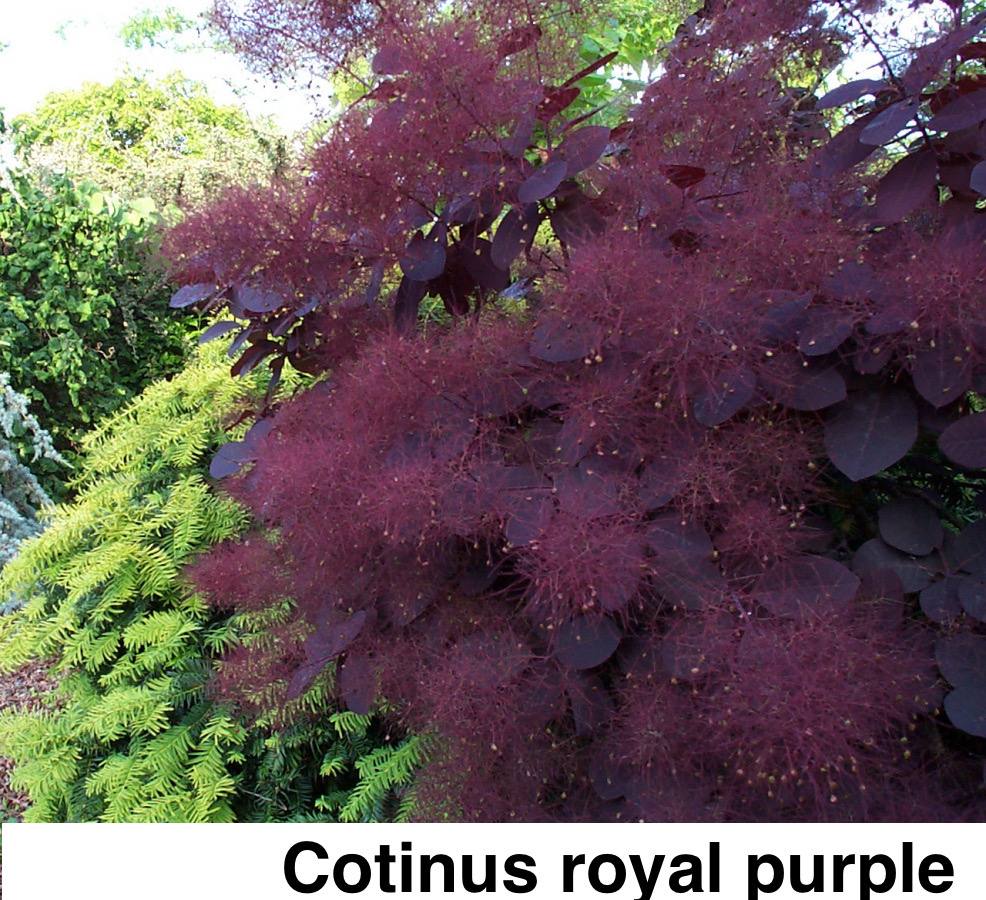
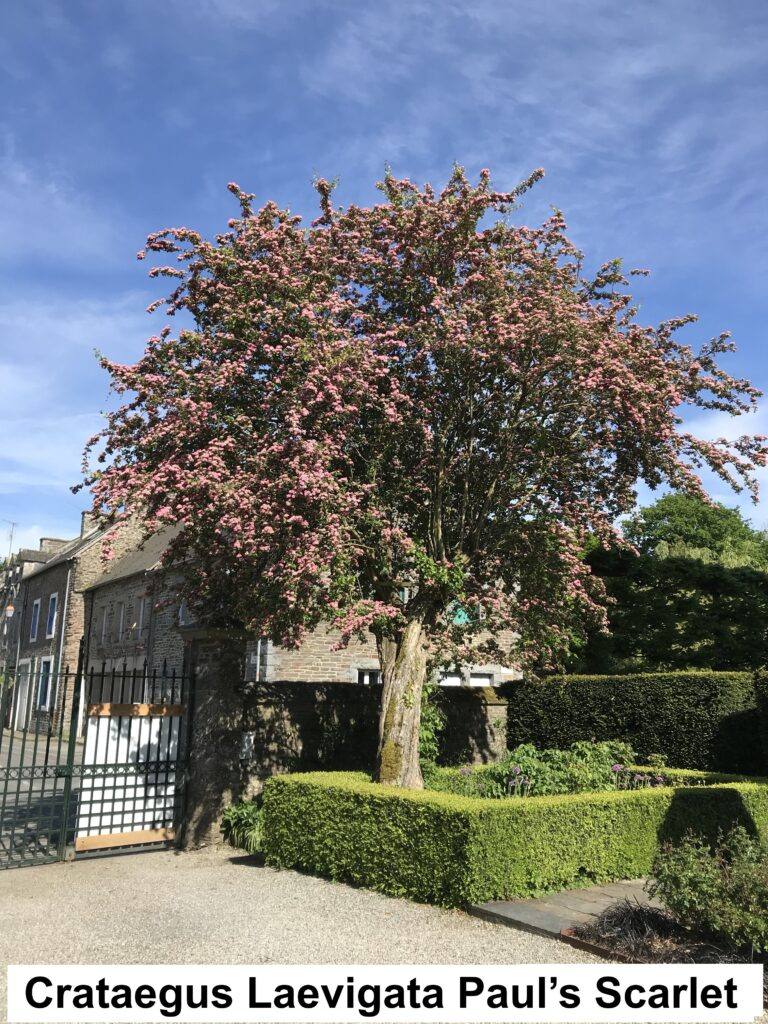
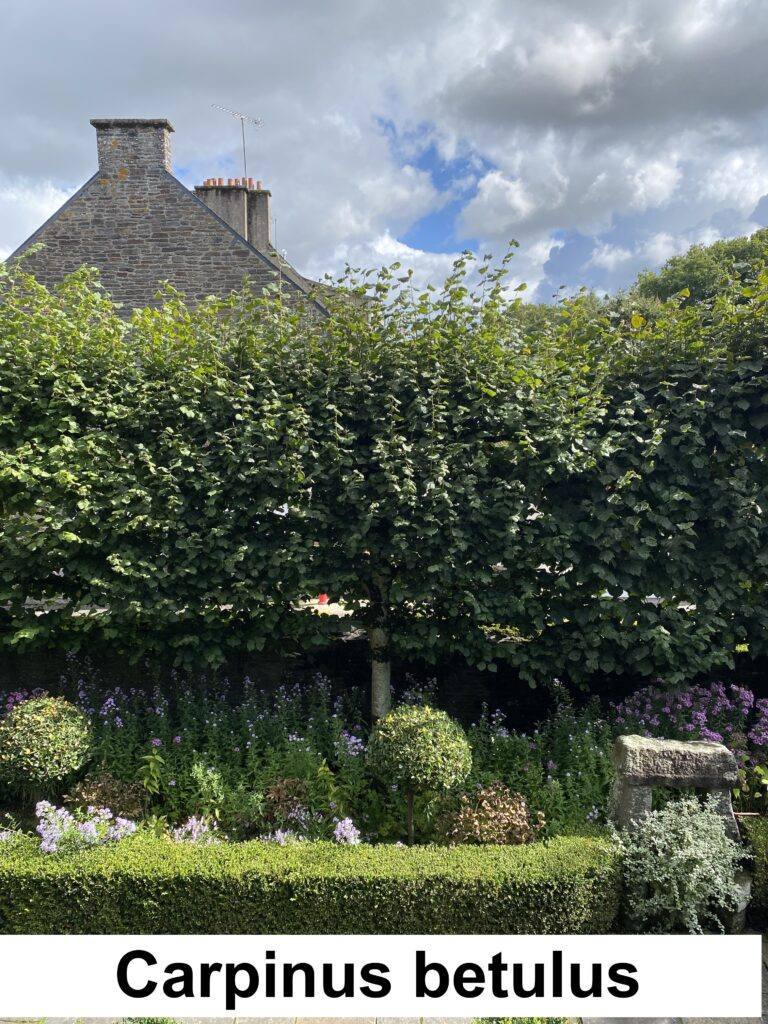
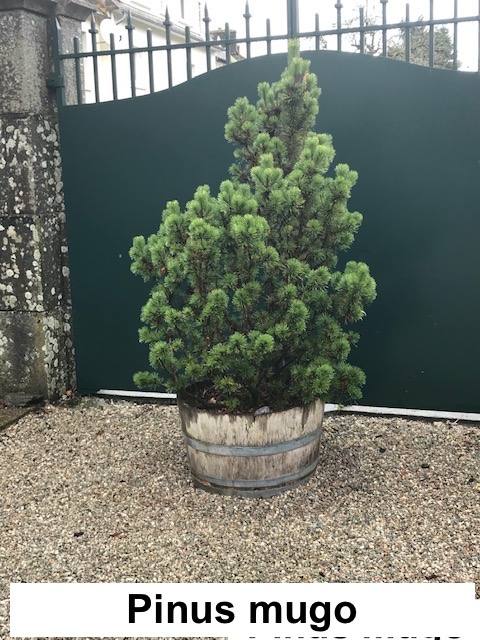
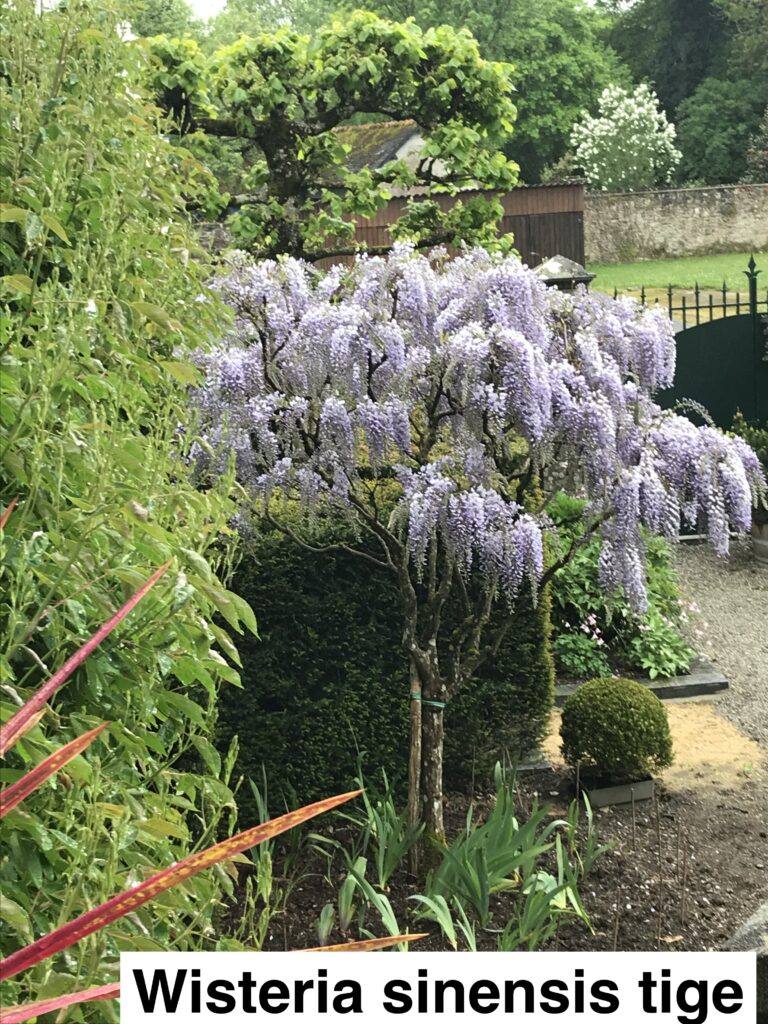
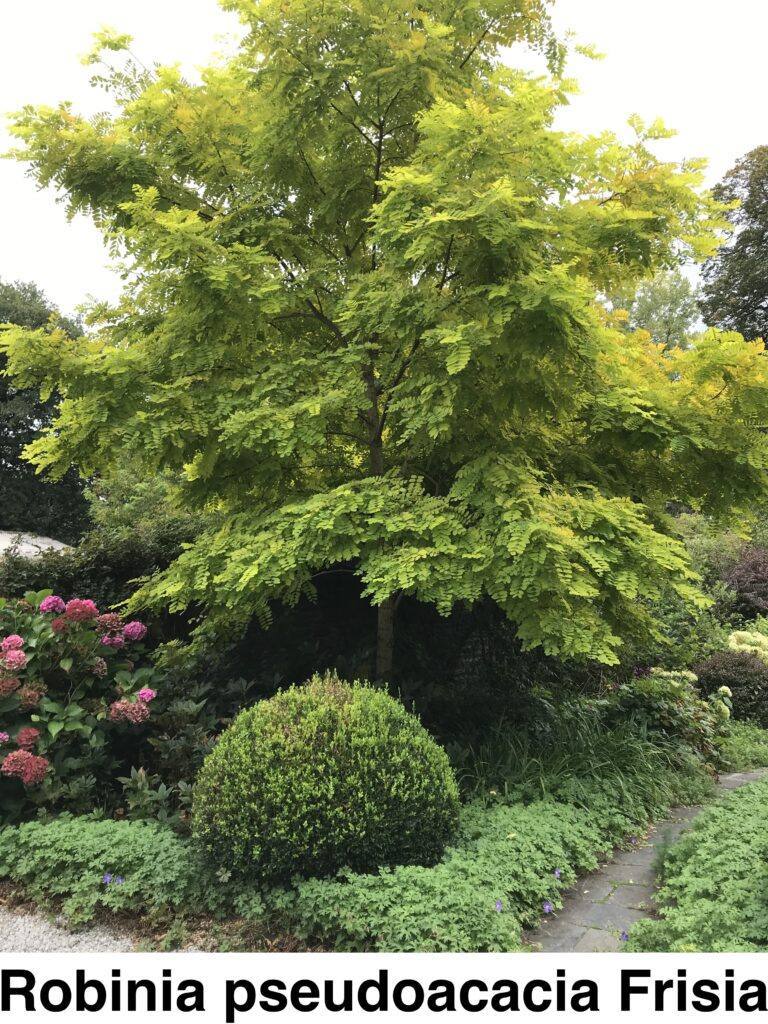
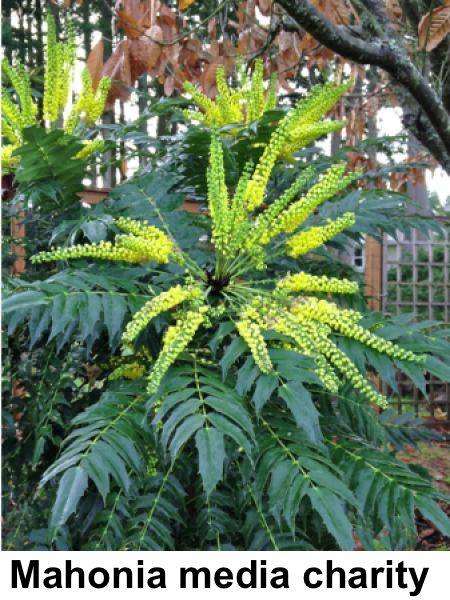
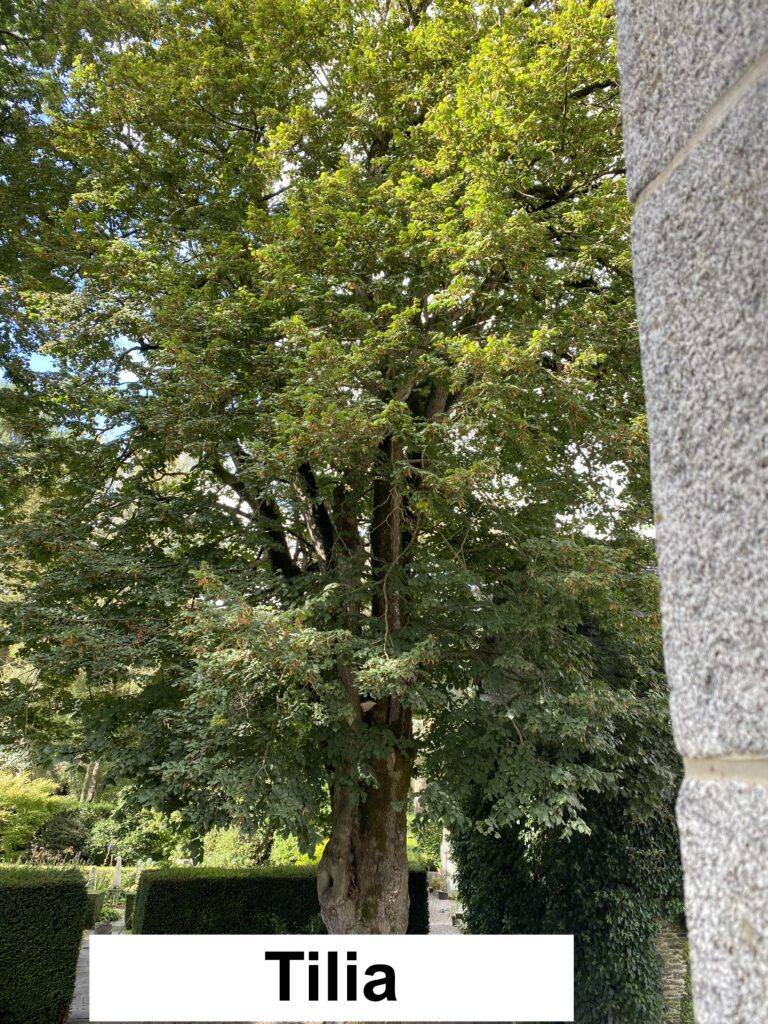
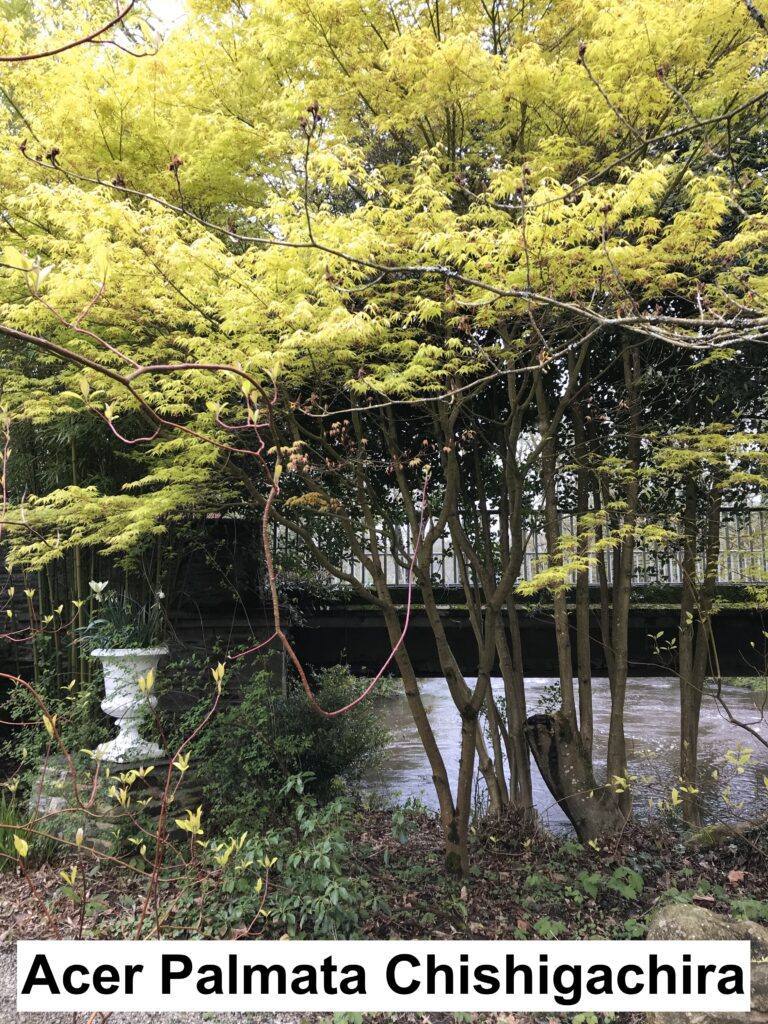
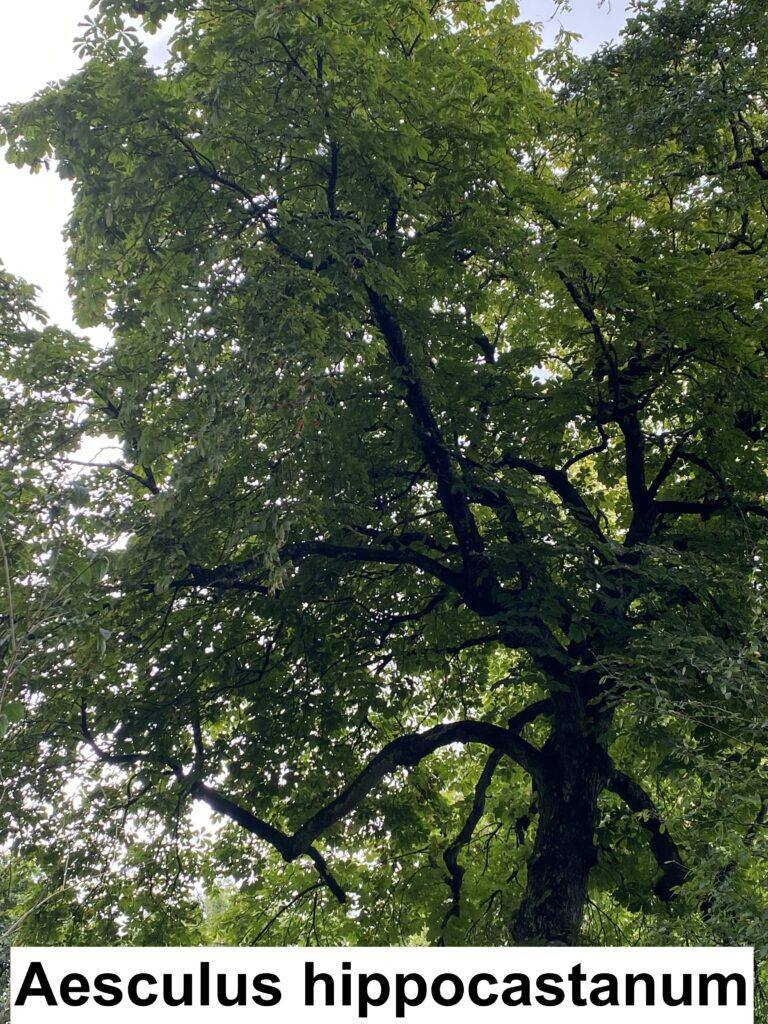
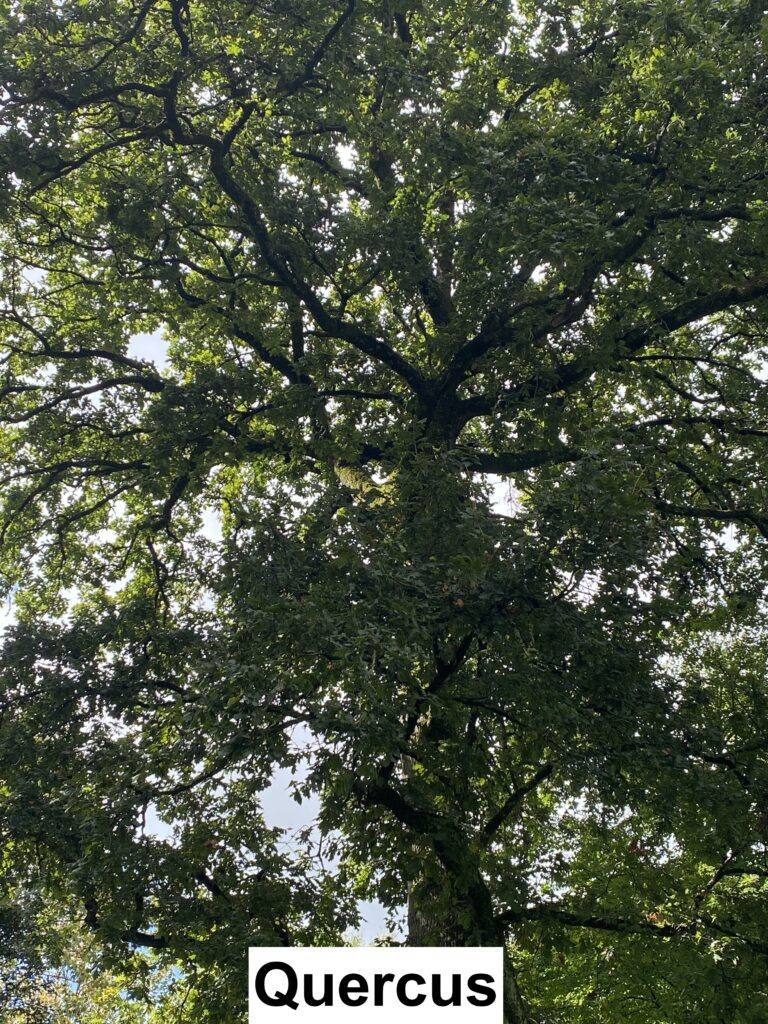
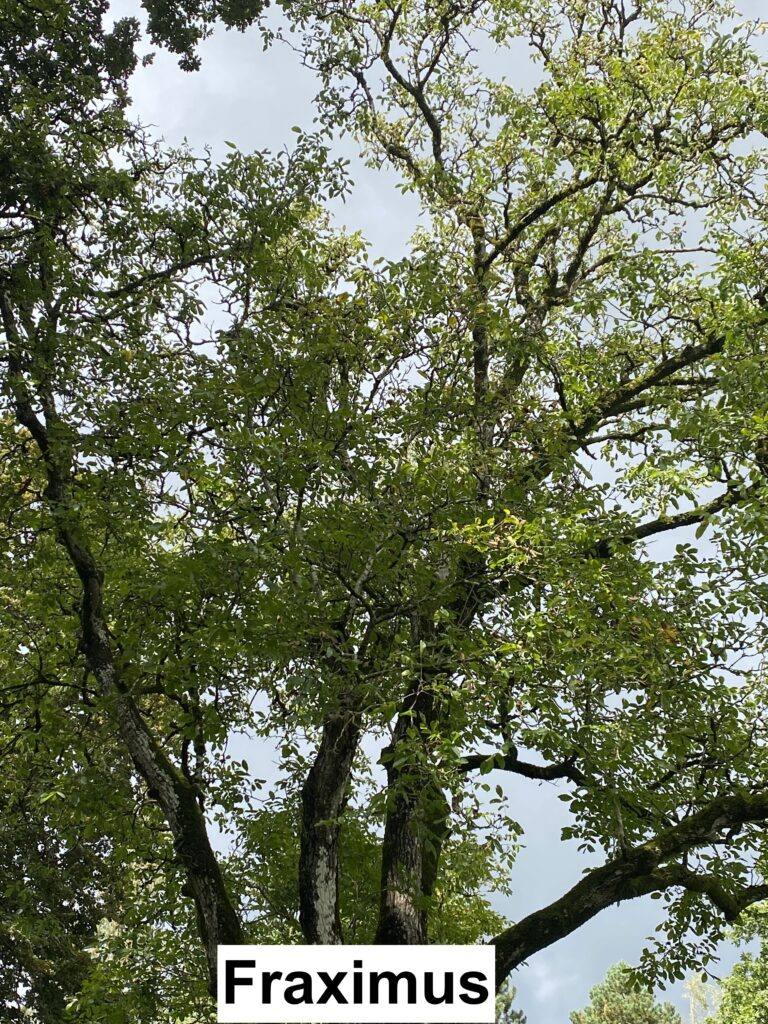
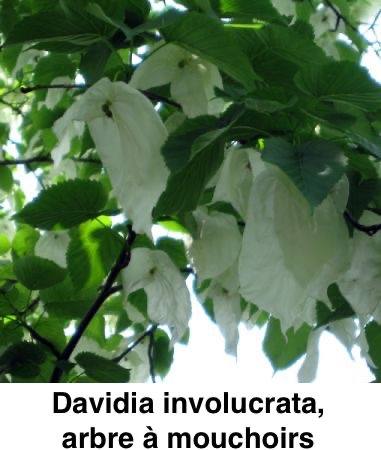
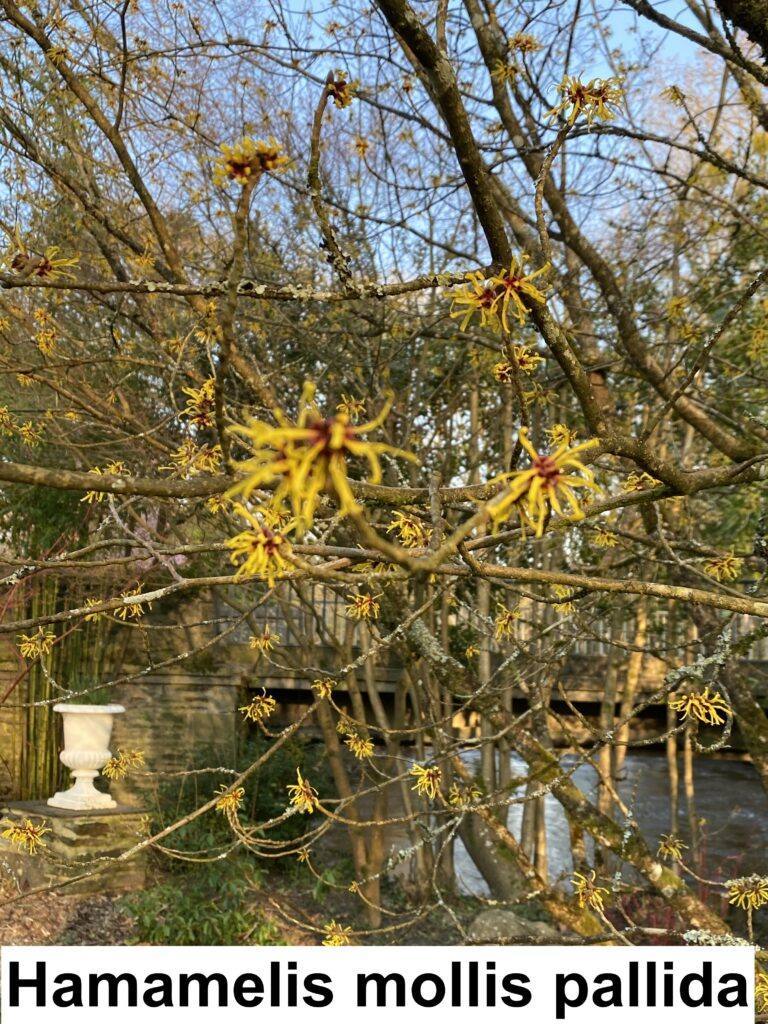
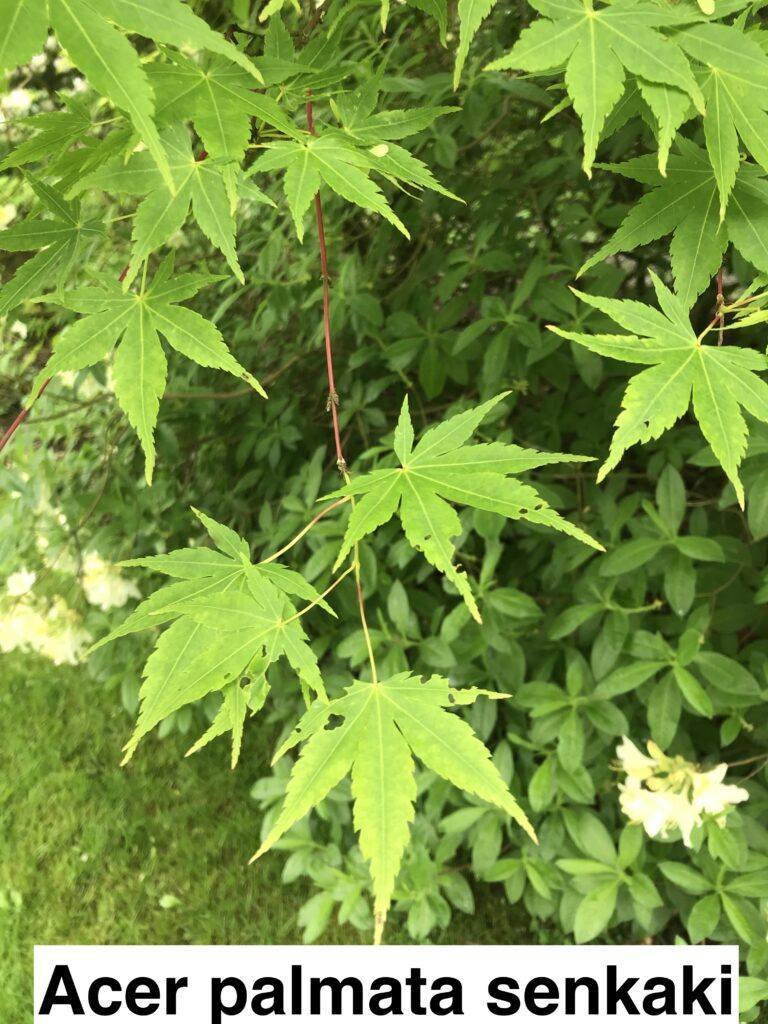
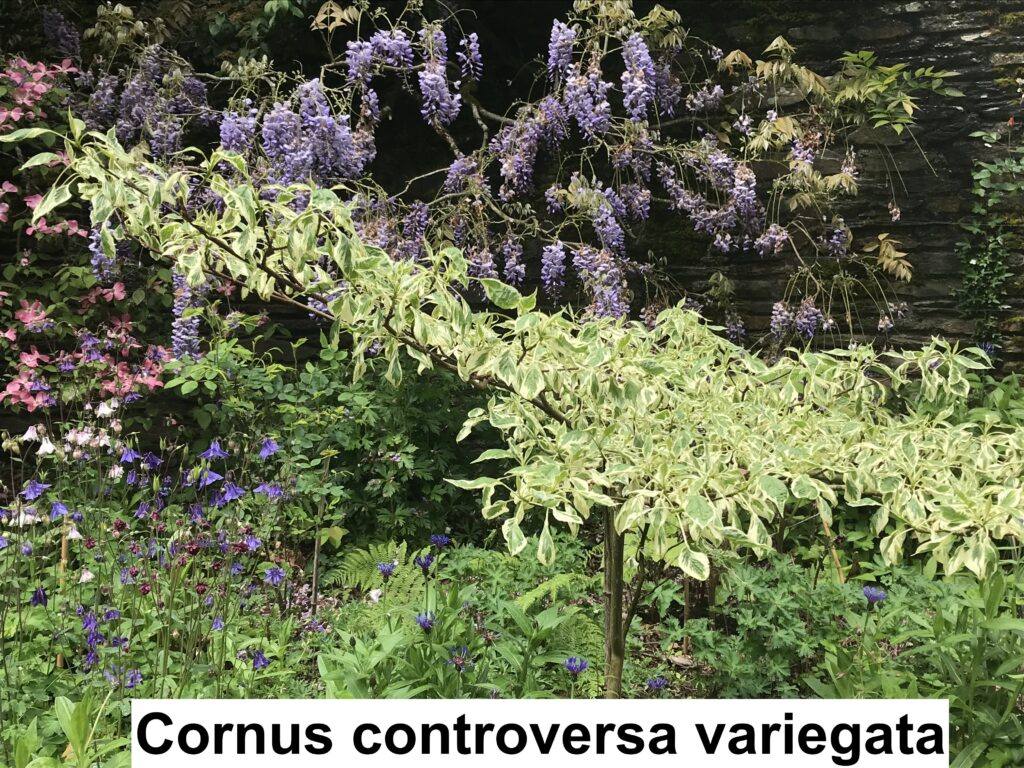
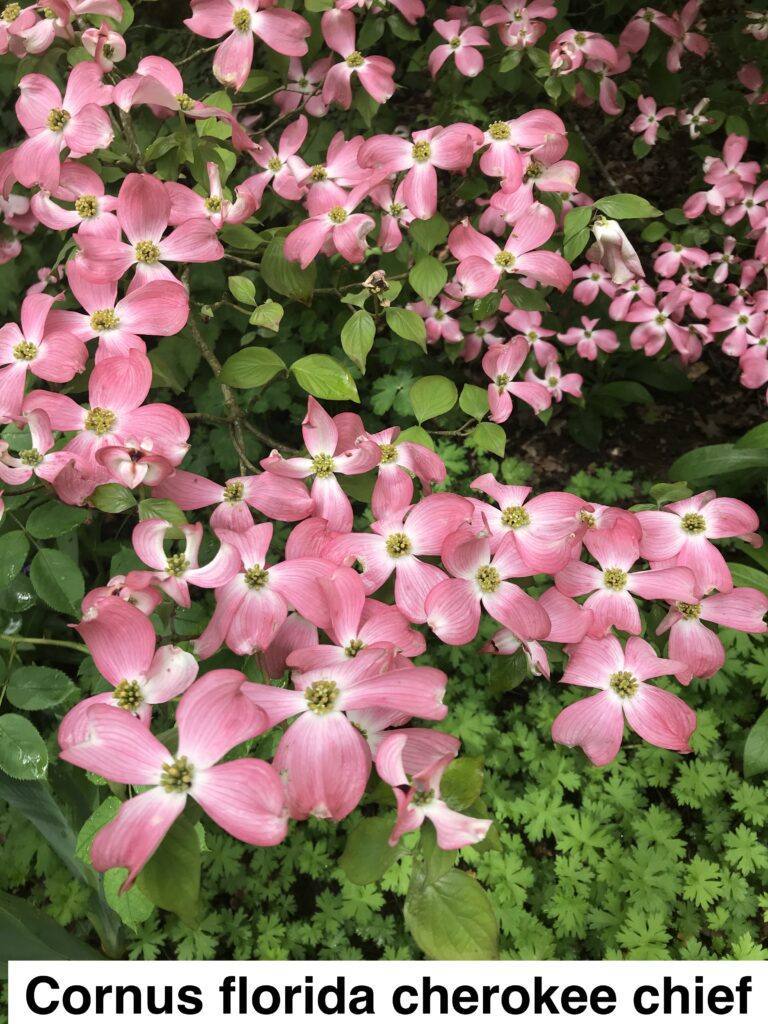
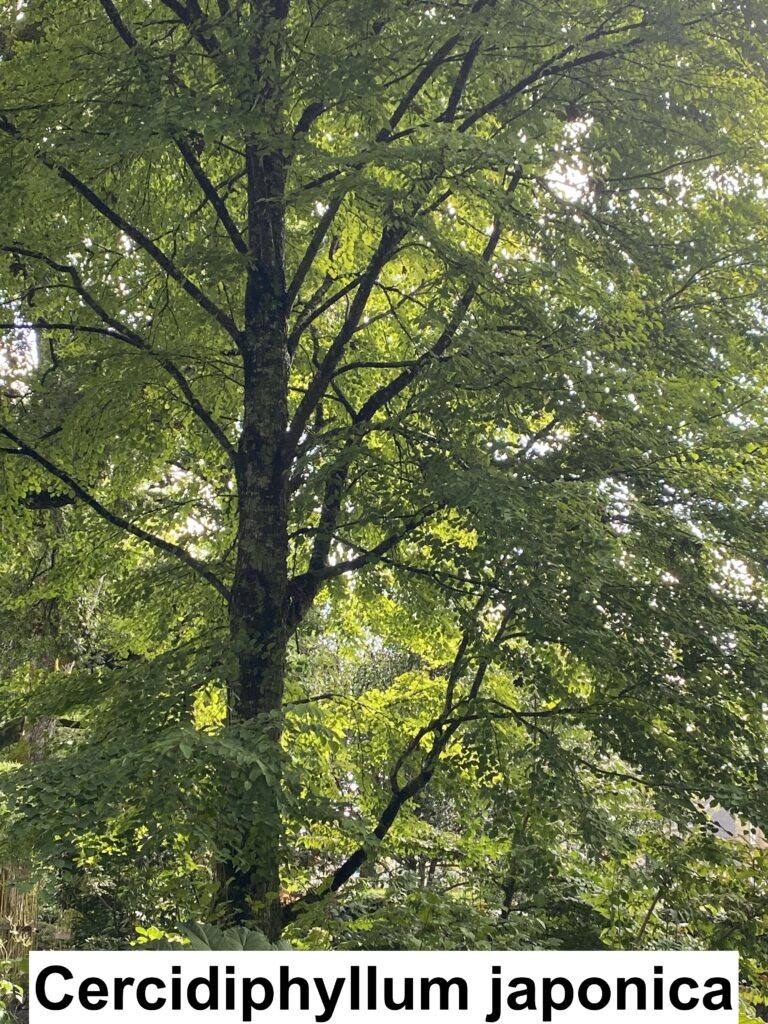
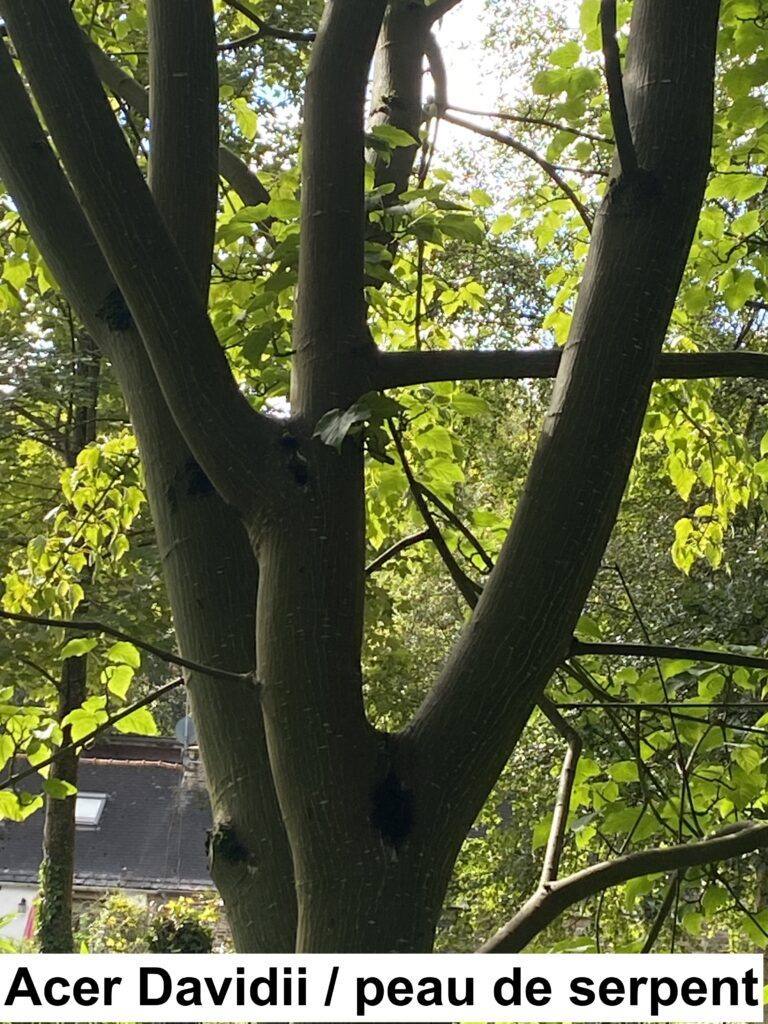
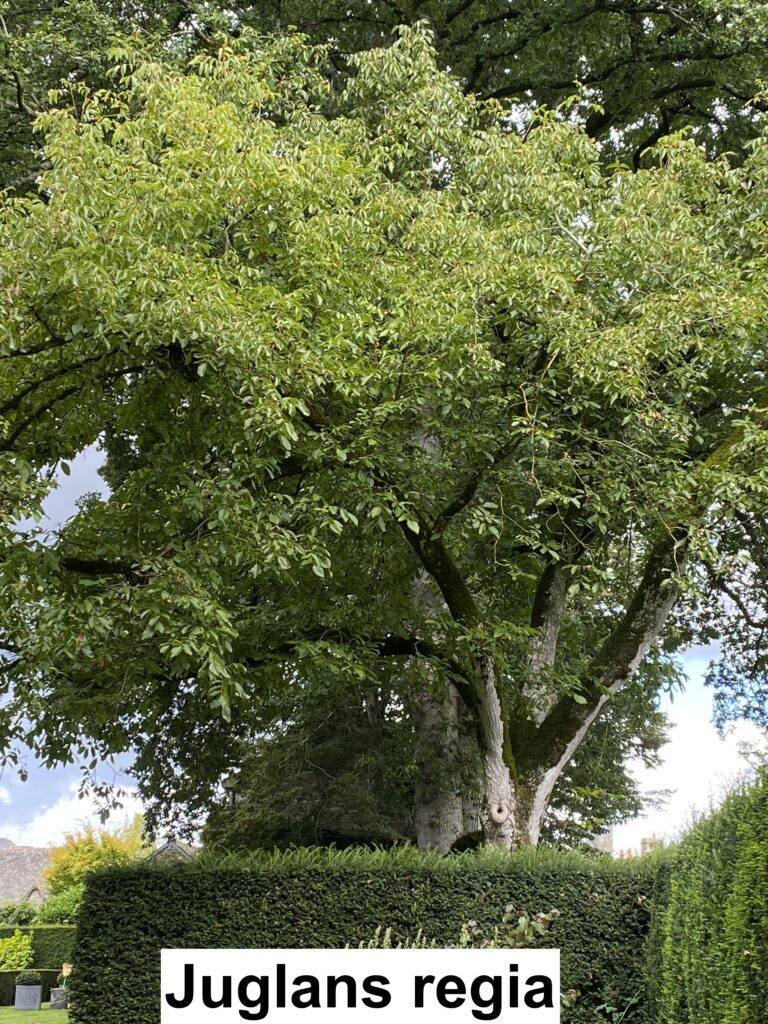
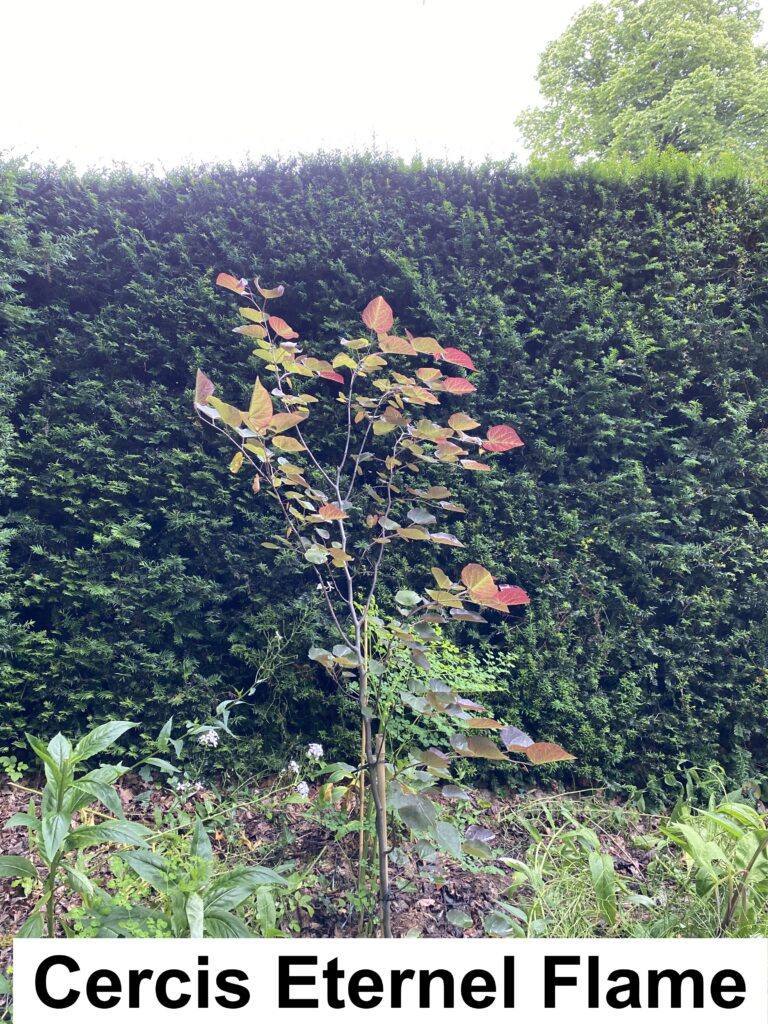
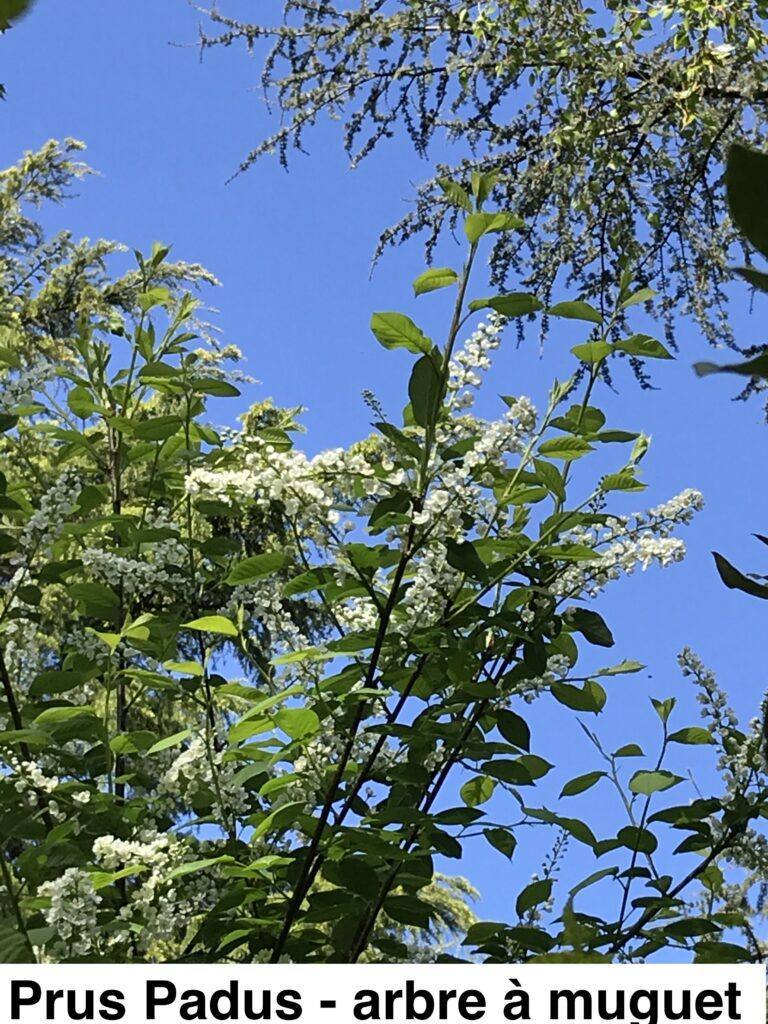
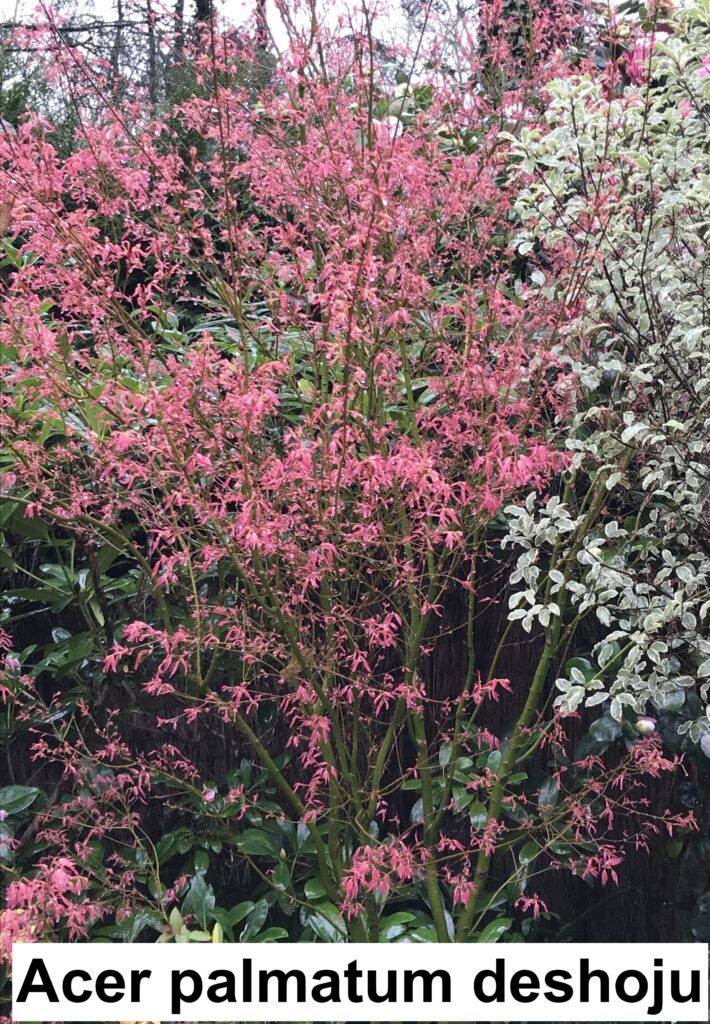
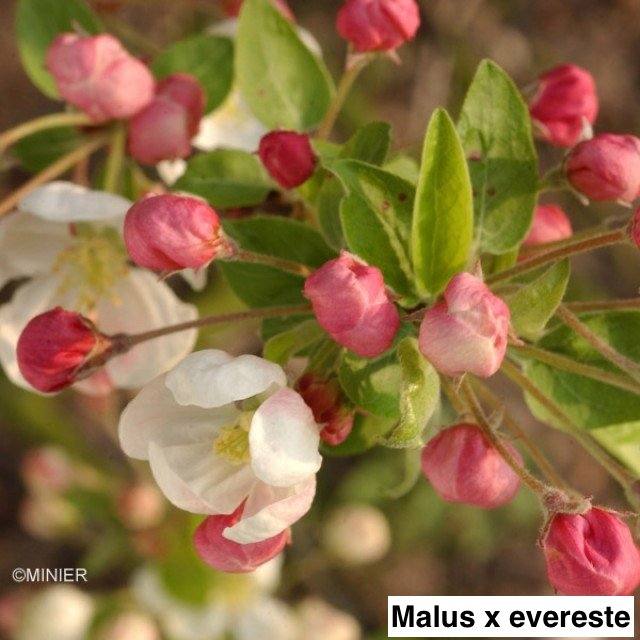
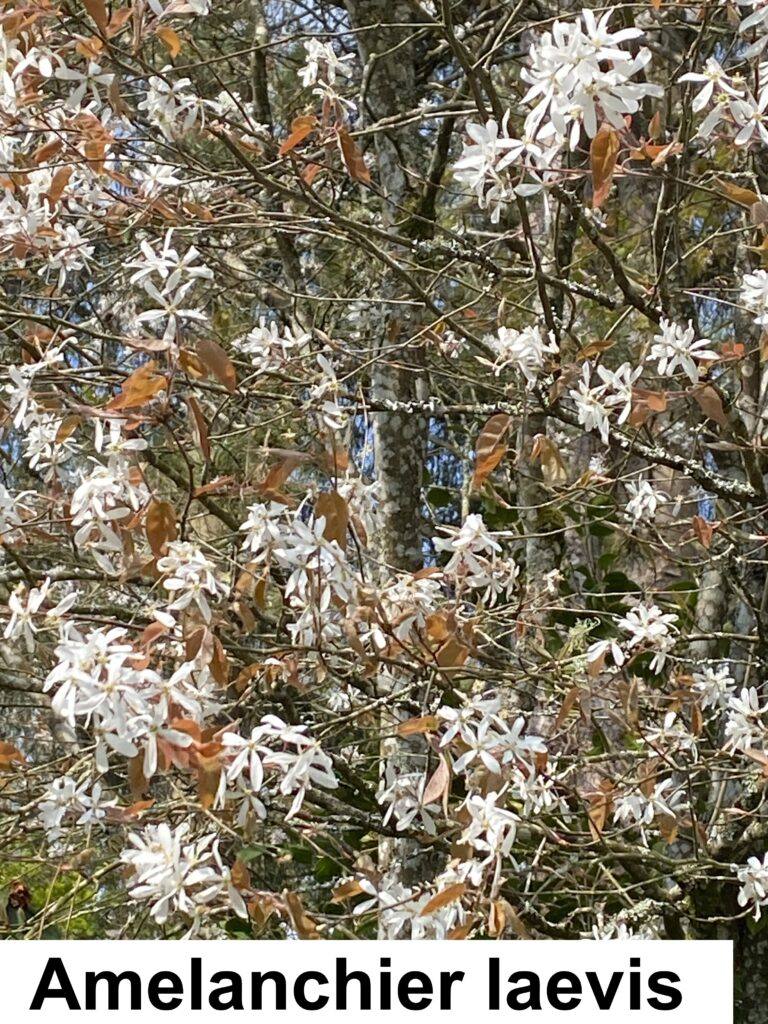
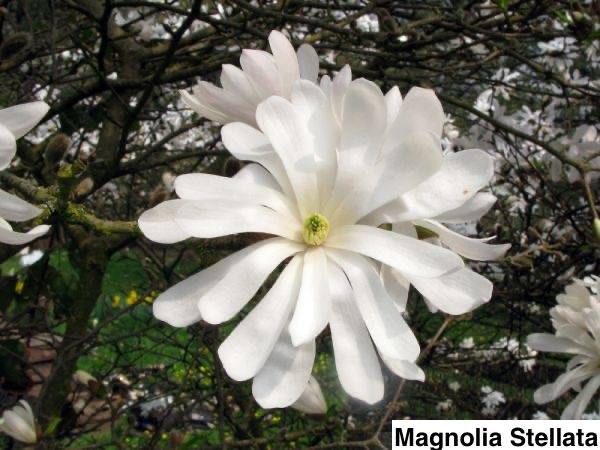
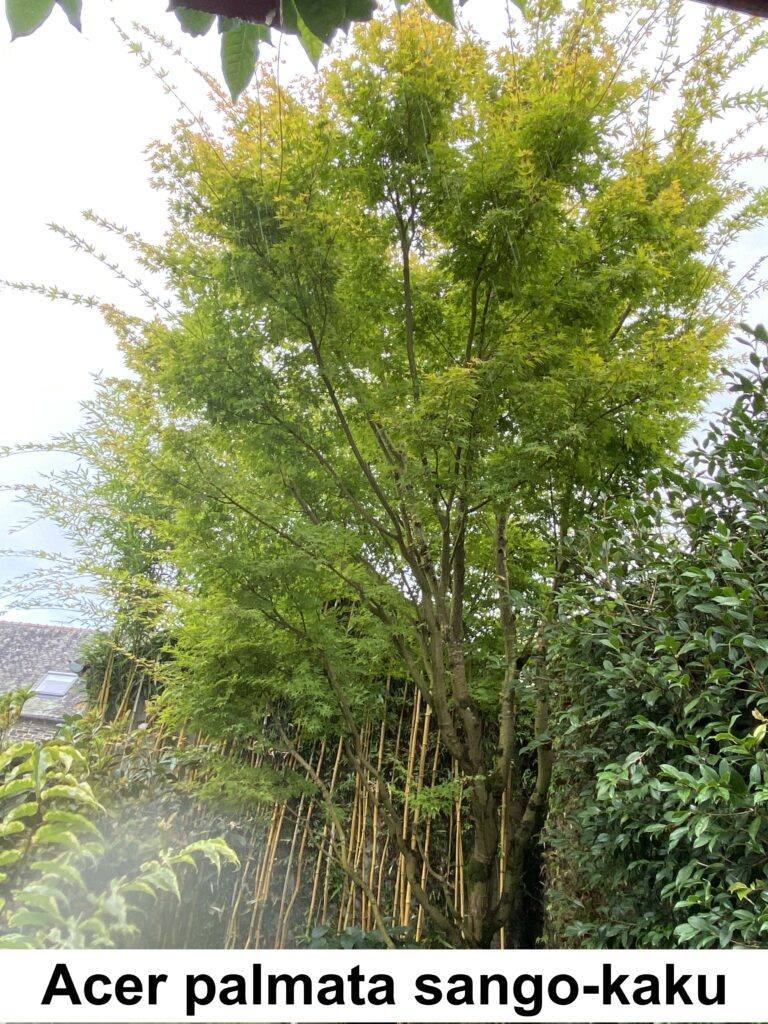
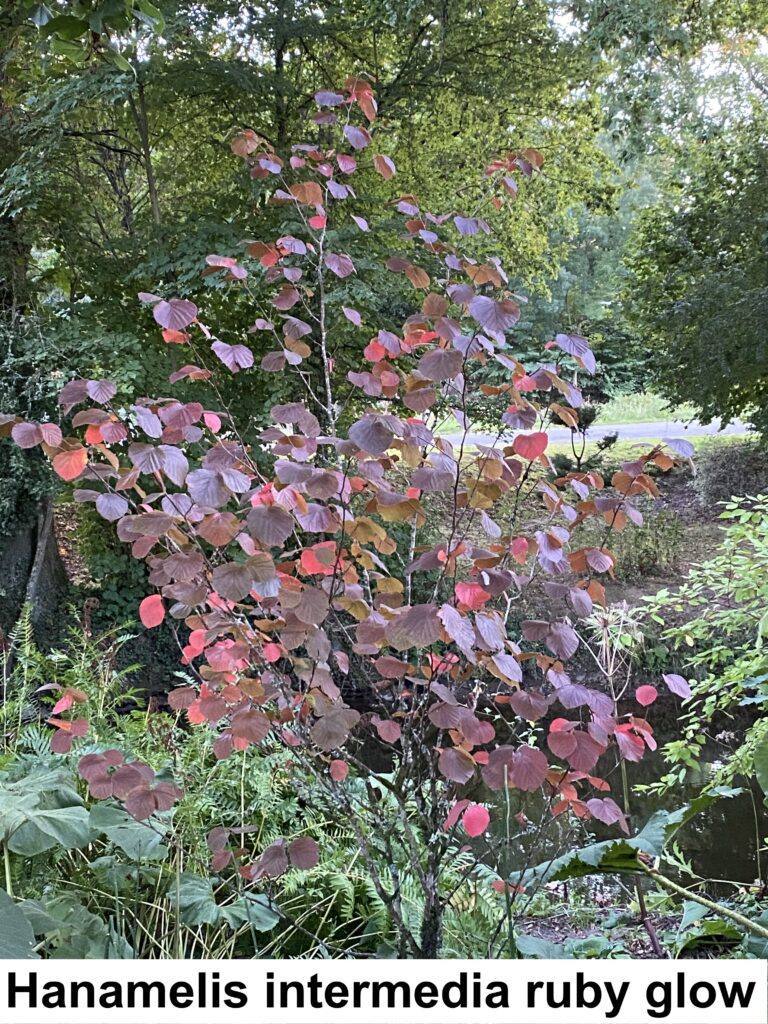
15- Acer palmata senkaki
16- Cornus contraversa variegata
17- Cornus florida cherokee chief
18-Cercidiphyllum japonica
19- Acer davidii
20- Juglans regia
21- Cercis Eternel Flame
22- Prus Padus
23- Acer palmatum deshoju
24- Malus x evereste
25- Amelanchia laevis
26- Magnolia stellata
27- Acer palmata sango-kaku
28- hamamelis intermedia ruby glow
Sites to visit around "Un jardin en ville"
The largest freshwater lake in Brittany, the Lac de Guerlédan stretches along its entire length in the Blavet Valley. Each meander presents a different facet of its personality. It is a hospitable place for family walks and bathing, and an ideal playground for climbing, water skiing, hiking and trail running enthusiasts, as well as a leading destination for fishing…
Le Coscro is located in the department of Morbihan in the Pays Pourleth in the commune of Lignol. This country residence of classical style was built on the site of an earlier manor, it is the Family of Lantivy who built in the seventeenth century all the existing buildings and the garden. After having gone through many splendid periods, Le Coscro was gradually abandoned. Since 1984 the Coscro has been undergoing a period of restoration.
An English-style garden where flowers and scents are omnipresent, curves, contrasts, dense paths, transparency, opulence and also clarity with a panoramic view of the Minez Du, the Kerjean and Conveau woods.
A garden of collections on 2 hectares started in 1995 where camellias, magnolias, rhododendrons, azaleas, hydrangeas, maples and old roses will dazzle you.
The whole is enhanced by perennials, ferns, botanical and native grasses.
Smell, approach, open your eyes wide… Dream…
A restored village, and a recent permanent exhibition full of anecdotes!
In the heart of the forest of Quénécan, a few kilometres from the lake of Guerlédan, nestles one of the oldest and best preserved wood forges in Brittany. An exceptional vestige of a prosperous and industrial activity for nearly three centuries.
The activity of the forge stopped in 1877 but the village continued to live and here it is today, entirely restored…
The Kreiz Breizh Tourist Office accompanies you in your discovery of Kreiz Breizh.
All year round, the Kreiz Breizh Tourist Office and its advisors strive to make your stay and its preparation easier. In addition to the documents and information at your disposal, we are at your disposal to provide you with a multitude of services.
Just a short drive from Gouarec, in the Finistère department, Les Jardins de Kerniguez offer a unique botanical escape. Created in 2021 and designed by landscape architect Michel Gesret, this 15,000 m² garden features more than 750 plant species and varieties carefully arranged into distinct, harmonious spaces.
Each part of the garden invites visitors to explore the beauty of shapes, textures, and colors in nature. More than just a park, Kerniguez is a place of experimentation, creativity, and reflection on our relationship with the living world.
👉 destination — a perfect complement to your visit to Jardin en Ville – Gouarec.
Opening dates and times
OPEN FROM 2PM TO 6PM
Open from May to September :
– MAY –
Saturday, May 10 and Sunday, May 11, 2025 (in support of Neurodon)
Thursday, May 29, 2025 (Ascension Day)
– JUNE –
Monday, June 9, 2025 (Whit Monday)
Every Saturday and Sunday
– JULY –
Every Saturday and Sunday
Open on Monday, July 14, 2025
– AUGUST –
Every Sunday
Open on Friday, August 15 and Saturday, August 16, 2025
– SEPTEMBER –
Every Sunday
Open for the European Heritage Days on Saturday, September 20 and Sunday, September 21, 2025
Closed on Sunday, September 28, 2025
Group visits: April to end of October, by appointment.
Contact preferably by SMS +33 6 21 23 16 38
ADMISSION: 6€ PER PERSON, FREE FOR CHILDREN UNDER 13



